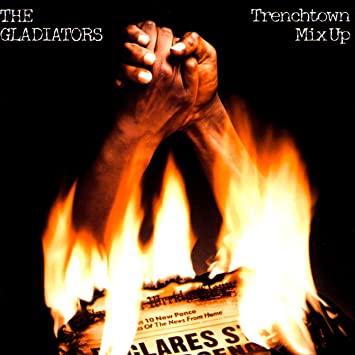Glam Greats: 20 Seventies Stompers
This wonderfully-nostalgic CD for people like me, whose teenage years had glam rock as its soundtrack, was released in 2000. I remember that Woolworth's stores were still open and they used to sell CD like this one, along with lots of similar compilations from various genres - funk, reggae, punk etc. I couldn't get enough of them, often coming away with several on a Saturday morning. They retailed for only about a fiver each so it was great value. There were three CDs in this series - what does this first one give us? It kicks off with a real glam barnstormer in T. Rex's gloriously riffy and totally infectious Telegram Sam , where Marc Bolan showcased his ability to turn a few seemingly inane lyrical couplets into a big, classic number one chart hit. Rivals to T. Rex in 1972-73 were lovable yam-yams* Slade, and they serve up the mighty Cum On Feel The Noize , introduced by Noddy Holder's "baby, baby, baaaby!!!" vocal and subsequently covered by Oasis and man





